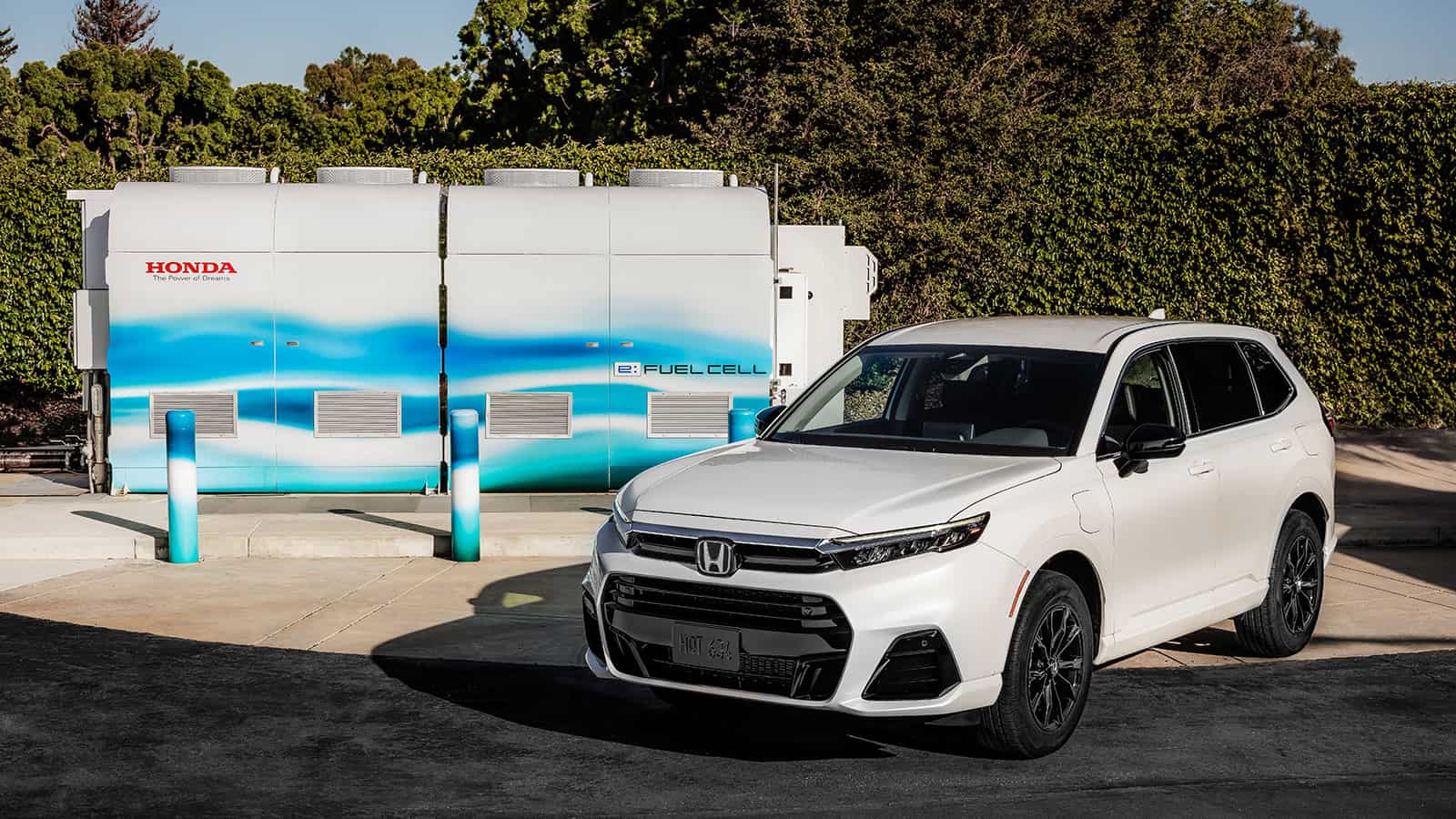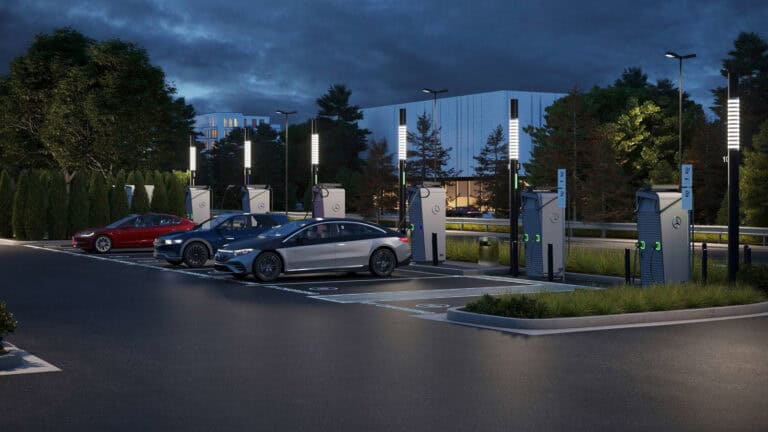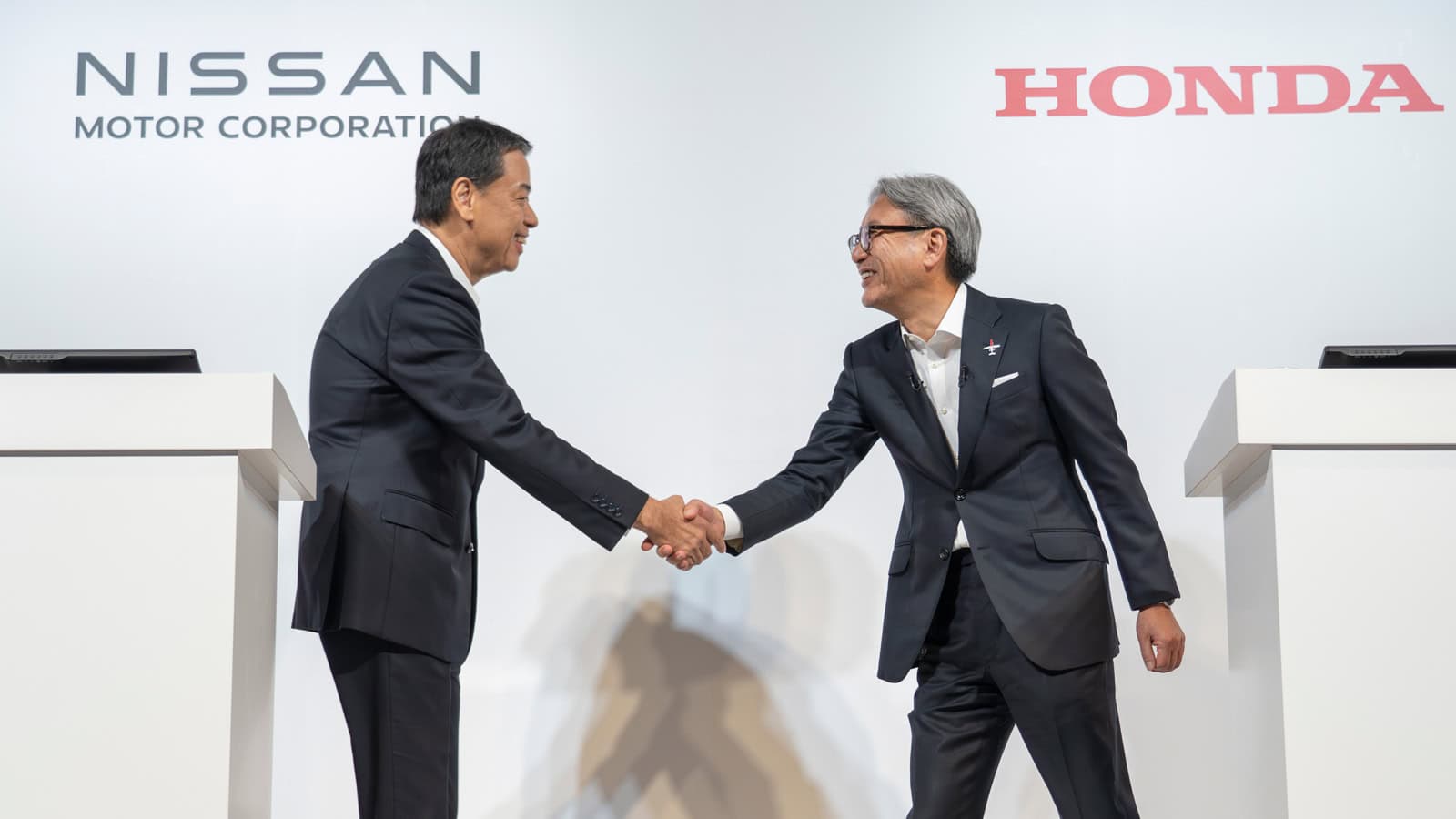- Honda says its upcoming CR-V e:FCEV is the first plug-in fuel cell EV in North America.
- The company plans to release the CR-V e:FCEV this year in California.
- California is the nation’s leading clean vehicle state, boasting 55 of the nation’s 56 current hydrogen fueling stations.
Hydrogen powered light-duty vehicles (LDVs) could be on their deathbed in 2024. However, Honda may have the answer to the FCEV market’s troubles, giving the struggling technology a much-needed boost. The company says it plans to release the new Honda CR-V e:FCEV (Fuel Cell Electric Vehicle) later this year in California.
ADVERTISEMENT
Honda has announced the 2025 CR-V e:FCEV, claiming it is the first plug-in Fuel Cell EV in North America. The 2025 Honda CR-V FCEV will likely be one of three FCEVs available in 2025.
In May, Honda said the company plans to make Honda hybrids, EVs, and FCEVs represent 40% of its global automotive sales as of 2030 and 100% of its global vehicle sales by the year 2040. The Honda CR-V hybrid is selling well currently.
California Is the Hydrogen Car Capital of the U.S.

California is the leading U.S. state in hydrogen cars. In February, Veloz said California’s EV market share, including FCEVs, reached 25% for 2023, compared to 18.84% in 2022.
As of this writing, California has 55 out of the nation’s 56 hydrogen fueling stations on the U.S. Department of Energy’s Alternative Fuels Data Center Map, with the remaining one station in Hawaii.
FCEVs Are Eligible for Tax Credits
FCEVs are eligible for the federal EV tax credit, along with plug-in hybrid electric vehicles (PHEVs) and battery electric vehicles (BEVs). New vehicle credits go up to $7,500, and used vehicle credits are available up to $4,000.
Fuel Cell Electric Vehicle History and Current Models
The Chevrolet Electrovan was the first road vehicle powered by a fuel cell, introduced by GM in 1966. The Honda FCX Clarity was the world’s first fuel cell vehicle designed for mass production and began leasing in 2008.
In 2014, Toyota began selling its Mirai FCEV, the world’s first dedicated fuel cell vehicle. The 2024 Toyota Mirai sedan is one of two FCEVs currently for sale in America; the other is the 2024 Hyundai Nexo compact crossover.
As of this writing, the 2024 Mirai’s starting MSRP is $50,190. It is offered in an XLE trim, featuring a 402-mile range, and a Limited trim, featuring a 357-mile range.
Toyota Offers a $40,000 FCEV Rebate
The Limited variant of the 2023 Mirai had an MSRP of $67,115 as of March 2024. According to Cars Direct, Toyota said in February that the Mirai was eligible for a rebate worth up to $40,000 off MSRP.
This was clear evidence that the U.S. LDV FCEV market is in dire trouble.
ADVERTISEMENT
Hydrogen Stations Closing, Refueling Prices Rising

Hydrogen LDVs are struggling in America. On February 12, 2024, S&P Global reported that Shell had permanently closed its seven light-duty FCEV stations. Hydrogen supply problems have led to higher prices for consumers at the pump, and the number of stations have decreased.
Extracting hydrogen requires huge amounts of both energy and investment. It’s expensive to build and maintain hydrogen refueling stations.
FCEV Technology
FCEVs are refueled with hydrogen gas stored in a tank on the vehicle. They can fuel in about 5 minutes and have a range of over 300 miles.
The Polymer Electrolyte Membrane (PEM) fuel cell is the most common type of fuel cell for vehicle applications. An electrolyte membrane drives the process. Hydrogen splits into protons and electrons through an electrochemical reaction within the cell’s catalyst. As protons travel through the membrane to the cathode, electrons power FCEV vehicles.
Protons, electrons, and oxygen (from the air) recombine at the cathode to form water. The vehicles emit only water vapor and warm air, leaving no carbon footprint behind.
What’s the Future of FCEVs?

Honda seems committed to FCEVs. Toyota has been for over a decade but may not continue to be, as it has been slow to release BEVs. FCEVs don’t seem to have a defining value in the LDV market, with the exception of fast refueling. BEVs offer the most cost-effective and eco-friendly solution; however, they currently take longer to charge their batteries.
Honda’s addition of a plug to its 2025 CR-V e:FCEV is a smart move, as FCEV owners have struggled with hydrogen fuel availability and price. The plug will offer another way to add versatility to the vehicle’s range, making it a more attractive vehicle to consumers.
The future of FCEVs remains unclear at the moment. Will FCEVs die out in America? Only time will tell.
ADVERTISEMENT

IMAGES: HONDA
FTC: We use income-earning auto affiliate links. Learn more.












One Response